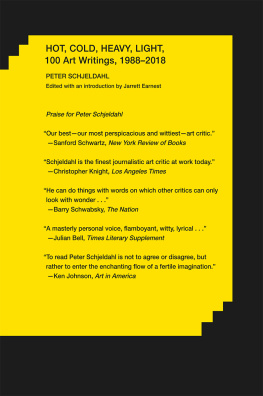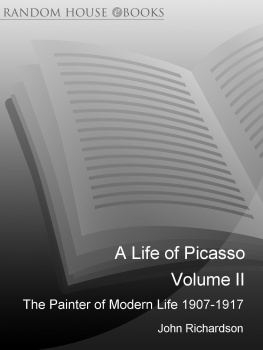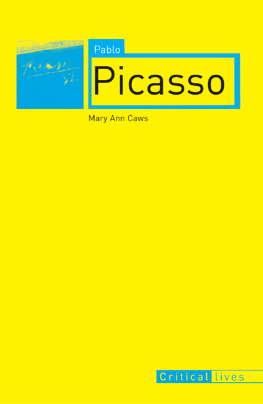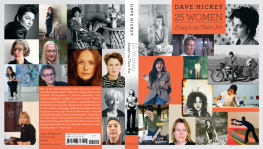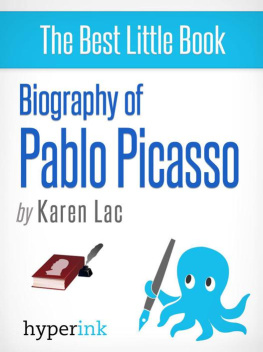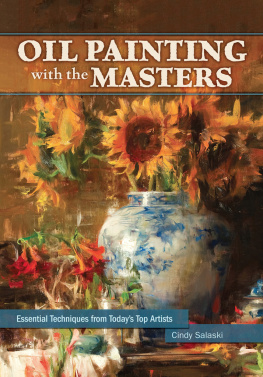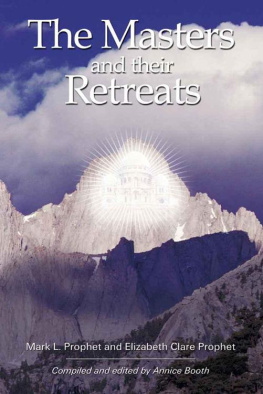
Copyright 2019 Peter Schjeldahl
Cover 2019 Abrams
Published in 2019 by Abrams Press, an imprint of ABRAMS. All rights reserved. No portion of this book may be reproduced, stored in a retrieval system, or transmitted in any form or by any means, mechanical, electronic, photocopying, recording, or otherwise, without written permission from the publisher.
Library of Congress Control Number: 2018936300
ISBN: 978-1-4197-3438-0
eISBN: 978-1-68335-529-8
Abrams books are available at special discounts when purchased in quantity for premiums and promotions as well as fundraising or educational use. Special editions can also be created to specification. For details, contact specialsales@abramsbooks.com or the address below.
Abrams Press is a registered trademark of Harry N. Abrams, Inc.

ABRAMS The Art of Books
195 Broadway, New York, NY 10007
abramsbooks.com
Contents
by Jarrett Earnest
INTRODUCTION: SEEING AS A CONTACT SPORT
JARRETT EARNEST
Most of us have never known an art world without Peter Schjeldahl in it. We count on him being part of New York like Central Park, a living monument to the pleasures of city life in a democracy. Like that grassy haven, Schjeldahls writing pulls off being both accessible and complexelegant, iconic, fun. He has published regularly since the 1960s, often on a weekly or monthly basis. Familiarity may inure us to how unusual his writerly gifts are and distract us from their spectacular sweephe chronicles a half-century of timely, always nuanced human feeling. The mode is called art criticism, but, taken in quantity, Schjeldahls performance of it reads more like experimental first-person literature, without pretension, and revelatory aesthetic philosophy, without pedantry.
Today Schjeldahl is best known as the authoritative art critic of the New Yorker, a post hes held for two decades. Many readers consider his previous work for the Village Voice to be criticism at its most electric; those columns have languished undigitized in library basements since the nineties. The writing collected here opens new vistas onto Schjeldahls achievement, with texts of the last thirty years from the Voice (19901998), its short-lived sister 7 Days (19881990), exhibition catalogues, and the New Yorker. Nothing repeats from his earlier volumes The Hydrogen Jukebox (1991) or Lets See (2008), though some pieces included here appeared in paperback originals published by The Figures, the small press headed by the poet Geoffrey Young: The 7 Days Art Columns (1990) and Columns & Catalogues (1994).
I first met Peter Schjeldahl in 2015, when I interviewed him for my book What It Means to Write About Art: Interviews with Art Critics. As a critic myself, I undertook the project to understand the thinking of our best writers on art and to gain insights into how to do it. During our conversation, I said off-handedly that if I edited a collection of his criticism it would focus on love as the driving force. This observation came from reading the whole of his work together, which, beyond the topicality of any given argument, revealed the emotional, aesthetic, and philosophical underpinnings of a worldview. Soon after, he suggested I do just that. As a result, Im to blame for the idiosyncratic organization of this collection in four sections: Hot, Cold, Heavy, and Light, expanding beyond affection to accommodate the full spectrum of tone and attitude. Ive scrambled the hundred items chronologically, as befits a critic who defines contemporary art as every work of art that exists at the present momentfive-thousand years or five minutes old. The groupings are based on affinities among the topics addressed or the tenors of response that they elicit. For instance, the catalogue essay Concrete and Scott Burton belongs in the Heavy section because its about gravity. It is flanked by pieces on Richard Serra and Picasso, generating a dialogue on sculptural form. But it could as easily be deemed Hot, written as a valentine to Burton shortly before his tragic death and featuring the most lyrical description of concrete ever. Further, it might be deemed Cold, in tune with the cool rigor of Burtons artistry. All of which is to say that these categories are meant to be playful, evocative, and not taken too seriously.
The book begins hot, for sure, with the rapturous lament, There arent enough Flowersopening a review of Andy Warhols retrospective at the Museum of Modern Art in 1989. It tells the story of Schjeldahls first decisive encounter with contemporary art: seeing Warhols Flowers while an aimless poet in Paris in 1965. The piece develops an analysis of what makes Warhol so important to American art, a discussion of the exhibition at hand, and above all, an account of the rush of experiencing great art. Its a marvelous essay, demonstrating how works of art, which are always both embedded in and slightly apart from the broad culture that we share, become meaningful in our personal lives.
Schjeldahls primary mode is that of a lover, and you can read many pieces as impassioned love letters, often involving his favorite art: painting. His deep devotion to the medium continued throughout the decades painting was supposed to be dead. Every painter I know would give a couple of fingers off their nonpainting hand for a good long review by Peter Schjeldahlnot only for the recognition, but because he unfailingly brings something new into the discourse, getting to the very heart of the medium that he succinctly describes as engaging our strongest sense, eyesight, and our finest physical aptitude, that of the handits about the hand and the eye in concert.
Schjeldahl attends closely to the often contradictory ideas, emotions, and associations that arise when we look at art, thereby clearing away any pre-existing opinions, and stays responsive to the specificity of each encounter. He reminds us near the end of his review Anselm Kiefer at MoMA: Its only art. Remember that. I know people who take vocal pride in remaining unmoved by Kiefers work, as if this evinced integrity. The fact is that communion with Kiefer comes only with willingness to be as respectful of his sincerity as he is of yours. Otherwise the work is just brown decor. A major champion of the German painter throughout the eighties, his writing ten years later, in 1998, Anselm Kiefer at Gagosian, exhibits a shift in tone. After an account of a Felliniesque dinner party Kiefer hosted in 1993, Schjeldahl observes that the painter has rung no major changes in a decade and concludes, For all I know, his genius, once subject to torments that no one suspected, has succumbed to late-blooming health and happiness. But I know from experience not to understand him too confidently. Even as he senses that the world has shifted away from Kiefer, or Kiefer from it, Schjeldahl doesnt issue a definitive judgment, but rather a report on what the artists situation is like right now, leaving future possibilities open.
Public art emerges as a particularly charged subject, as in his writing around the removal of Richard Serras Tilted Arc from Federal Plaza in New York in 1989. Schjeldahls had been a lone serious art-world voice supporting those who wanted the work gone, believing that the public should have some say in how public spaces are arranged. I never stopped hating the placement of Tilted Arc. That it was a good sculpture in Serras obstreperous manner made it all the worse for an already cheerless setting, he wrote. Did
Next page
